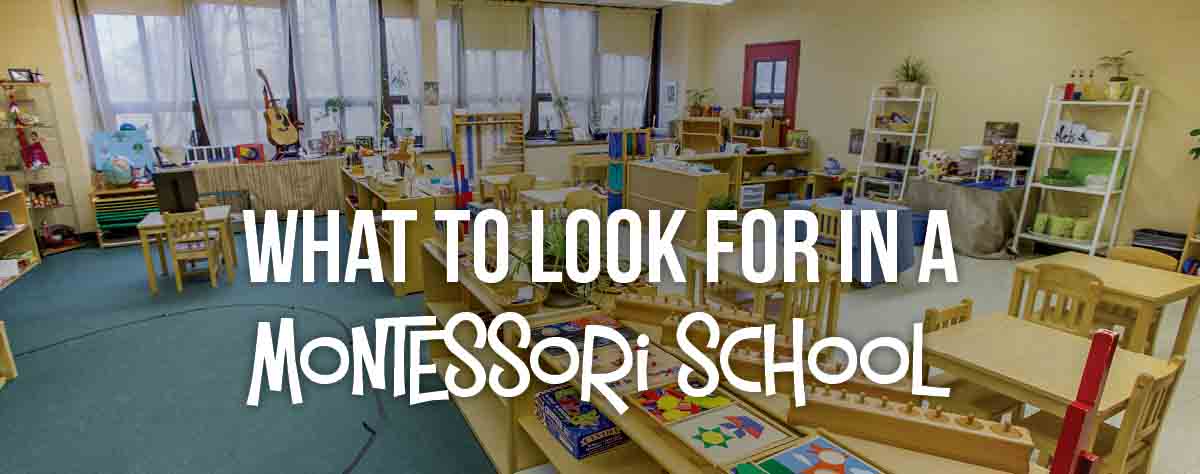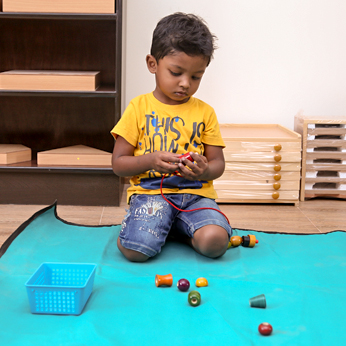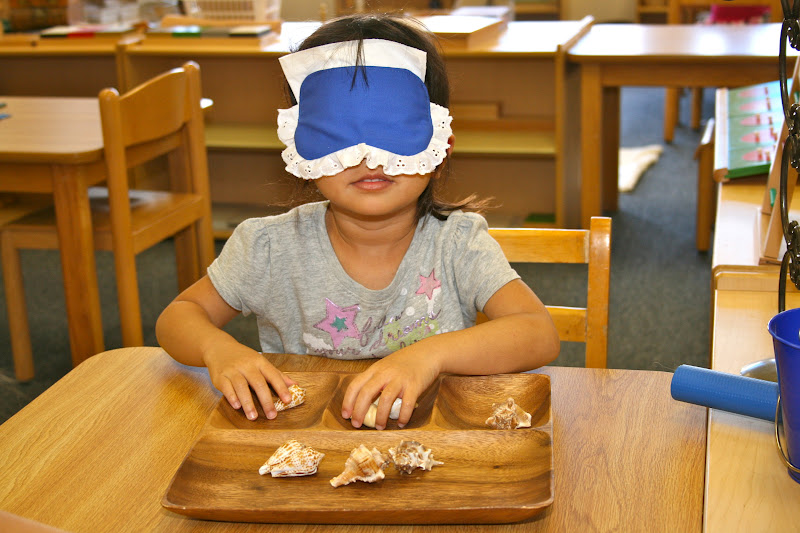

Montessori System Approach



Practical Education is an educational treatise written by Maria Edgeworth and her father Richard Lovell Edgeworth. Published in 1798, it is a comprehensive theory of education that combines the ideas of philosophers John Locke and Jean-Jacques Rousseau as well as of educational writers such as Thomas Day, William Godwin, Joseph Priestley, and Catharine Macaulay.
Sensory processing is the process that organizes sensation from one’s own body and the environment, thus making it possible to use the body effectively within the environment. Specifically, it deals with how the brain processes multiple sensory modality inputs,[1][2] such as proprioception, vision, auditory system, tactile, olfactory, vestibular system, interoception, and taste into usable functional outputs.


mathematics education is the practice of teaching and learning mathematics, along with the associated scholarly research. Researchers in mathematics education are primarily concerned with the tools, methods and approaches that facilitate practice or the study of practicehowever, mathematics education research, known on the continent of Europe as the didactics or pedagogy of mathematics,
Language acquisition is the process by which humans acquire the capacity to perceive and comprehend language, as well as to produce and use words and sentences to communicate. Language acquisition is one of the quintessential human traits, because non-humans do not communicate by using language.


Science education is aimed at fostering a variety of students' competencies, which concern not only the mere acquisition of knowledge but also skills that help students communicate and evaluate scientific knowledge
Creativity is a phenomenon whereby something new and somehow valuable is formed. The created item may be intangible (such as an idea, a scientific theory, a musical composition, or a joke) or a physical object (such as an invention, a literary work, or a painting). Scholarly interest in creativity is found in a number of disciplines

No 24,7th street South Extension,
Subramaniapuram,
(John Hospital Road),
Karaikudi - 630 002.
Phone : 94425 01080,94425 01081,94425 44823,99625 22806
Working days : 8am-6pm
Sunday (closed)
Copywriter © 2018 Jeevan School. All rights reserved | Design by Winzone Softech

Contact Now - 9442501080,9442501081,9442544823
Email - jeevanedutrust@gmail.com
